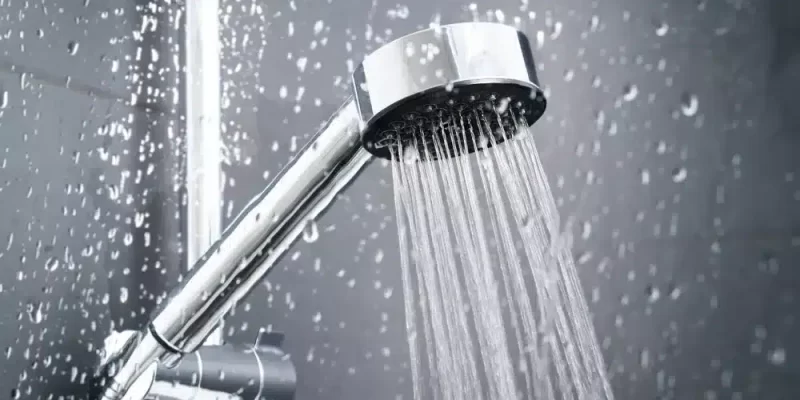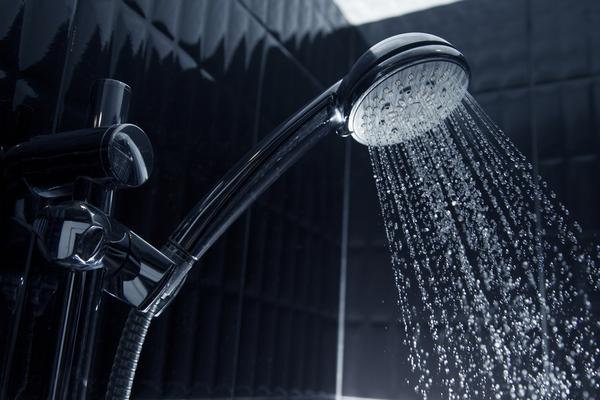In modern renovation, every upgrade should do more than look good—it should perform, last, and support a more sustainable lifestyle. One of the most impactful (and often overlooked) spaces to start? The shower.
Let’s take a closer look at shower replacement cost through the lens of thoughtful investment and eco-friendly home upgrades. Because the right decisions here can deliver long-term savings, comfort, and a lower environmental footprint.
Breaking Down Shower Replacement Cost
The national average cost of replacing a standard shower ranges between $4,500 and $9,000. Here’s where that budget typically goes:
| Component | Estimated Cost |
| Demolition + Disposal | $300–$600 |
| New Pan/Base + Waterproofing | $600–$1,200 |
| Wall Tile or Panels | $1,000–$3,000 |
| Frameless Glass Doors | $1,200–$2,500 |
| Fixtures + Trim | $400–$1,200 |
| Labor | $1,500–$3,000 |
Key Insight: High-end materials or structural layout changes push the cost higher—but also increase durability and resale value.
Where Eco-Friendly Choices Make a Difference
Water-Efficient Fixtures
Install EPA WaterSense-certified showerheads. A standard shower uses 2.5 gallons per minute (gpm), while WaterSense fixtures use only 2.0 gpm or less—saving up to 2,900 gallons per year for a family of four.
Sustainable Materials Choose:
- Recycled glass tile or porcelain tile with eco certifications
- Low-VOC waterproof membranes and adhesives
- Bamboo or FSC-certified wood for benches and accents
Heat Efficiency
Combine radiant floor heating with programmable thermostats and low-flow fixtures. These additions elevate luxury while lowering long-term energy use.
ROI and Resale Benefits
According to Remodeling Magazine’s 2024 Cost vs. Value Report:
- Midrange bathroom remodels (with shower upgrades) recoup 58–65% of their cost
- Eco-friendly homes see stronger buyer interest and faster resale in competitive markets
When done right, a shower replacement becomes part of a wider home value strategy—not just a functional fix.
Final Word
A modern shower replacement should balance performance, cost, and sustainability. By choosing eco-forward fixtures and high-efficiency materials, you’ll transform a daily ritual into a long-term return—both for your home and for the planet.
Because in design, every decision—especially the ones behind the walls—matters.

